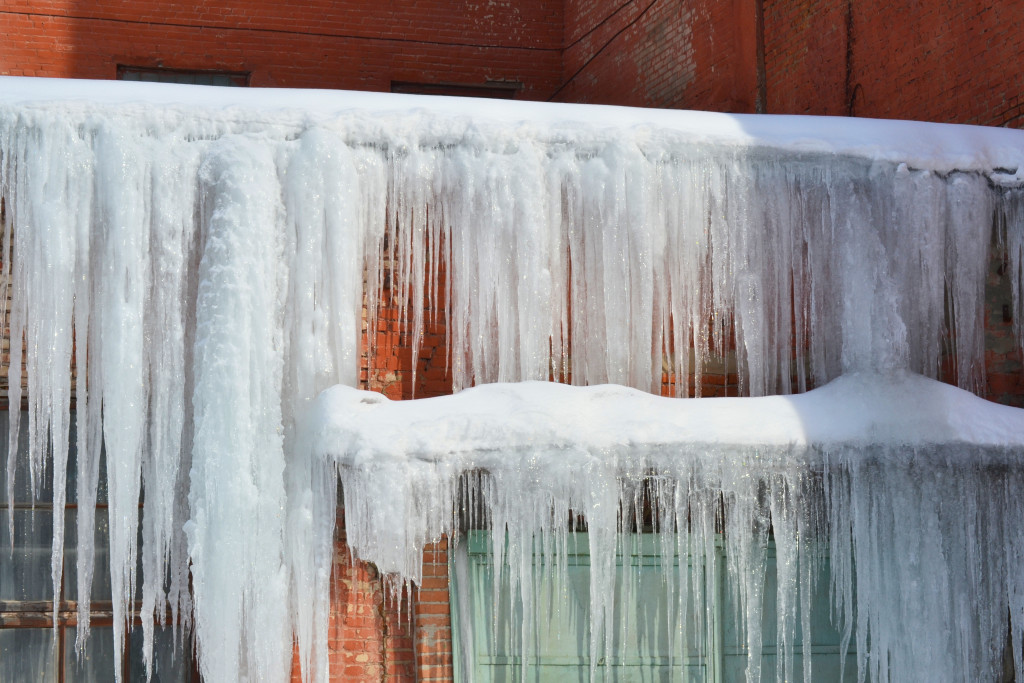Now that the snow is finally melting and the temperatures are starting to warm up, it’s time to start thinking about how to prepare your yard for spring. There are a few things you can do now to make sure your yard is ready for all the activities that come with the warmer weather.
1. Clean Up Any Debris or Leaves That Have Collected over the Winter
In the spring, you should clean up all of your leaves and debris from your yard. You don’t want them to start rotting or attracting pests like wasps, bees, or mice.
Use a rake to sweep the lawn clean. Using even, long strokes, start at one side of the lawn and work your way across. Make sure to get all the leaves that have accumulated under bushes, between fences, or anywhere else you might not see them.
Remember to clean the gutters too. The debris from winter can get caught in your gutter, causing it to overflow. How to clean the gutter: Use a sturdy ladder and a bucket to scoop out the debris. If you don’t want to do it yourself, contact professional landscapers who can do it for you. And if you have a downspout, make sure it isn’t blocked by leaves or debris either.
2. Inspect Your Lawn for Pests and Diseases
In the winter, some pests, like mice and moles, tend to seek shelter. This means that once the chill is out of the air, they’ll be out and about in your yard again. You can prevent them from ruining your lawn by taking a closer look.
If you have mice, look for droppings and/or chewed-up plants or seedlings. If you have moles, watch for raised earth and/or tunnels in your lawn or garden soil. Moles cause damage by digging tunnels underground where plant roots are. They will eat any plant material they find in their path, killing the plants and destroying the soil structure in the process.
3. Plant Your Flowers and Vegetables
It’s the perfect time to plant your flowers and vegetables. To make sure they are prepared, give them a very thick layer of mulch instead of leaving them bare on top of the soil. Doing this helps keep the ground moist longer because it slows down evaporation.
Mulch can be made of different types of materials. You can use pine needles, bark chips, or shredded leaves (grass clippings are discouraged because they may contain weed seeds). Make sure you apply two to four inches of mulch in an even layer over the soil.
4. Clean Off Any Snow From Your Roof

Snow is good for insulation, but it also adds weight to your roof, so it’s important that you remove all the snow before it can cause damage. If a lot of weight is added to your roof, it could collapse under pressure and cause water damage to your home.
To clean off your roof safely, use a broom or put on gloves for hand cleaning. For large roofs, invest in a roof rake, which is specifically designed to remove snow. If you’re seeing ice dams or they’re too thick, get help from roofing professionals. They can also inspect your roof while they’re doing the job.
5. Aerate the Lawn
Although it’s not a good idea to aerate your lawn until late spring, you can prepare it by removing any thatch or adding extra soil if needed. You can add compost and fertilizer before you aerate. It helps with water retention and provides nutrients for healthy growth.
Aerating is done with a tool called an aerator. It removes plugs from the ground and leaves behind holes, which allow water to penetrate deep into the soil instead of running off. This helps with drought-resistant plants as well as those that need extra nutrients or help with drainage.
6. Clean Up Shrubs and Trees
Now is a good time to clean up your trees and shrubs. Start at the top and work your way down so you don’t damage any of the lower branches with tools or the weight of debris. You can use a leaf blower or rake to get rid of all the leaves and sticks that have fallen over winter. If there’s any mold on the tree/shrub, use a disinfectant to get rid of it.
Using a ladder, rake the top of the tree first so you don’t damage branches on the bottom half with your tools.
Conclusion paragraph: Remember that you don’t have to do all of this at once. If your yard needs a lot of work, it will take time and patience to get the results you want. However, by taking small steps now, you can make sure that when spring finally arrives, your lawn is ready for anything!

